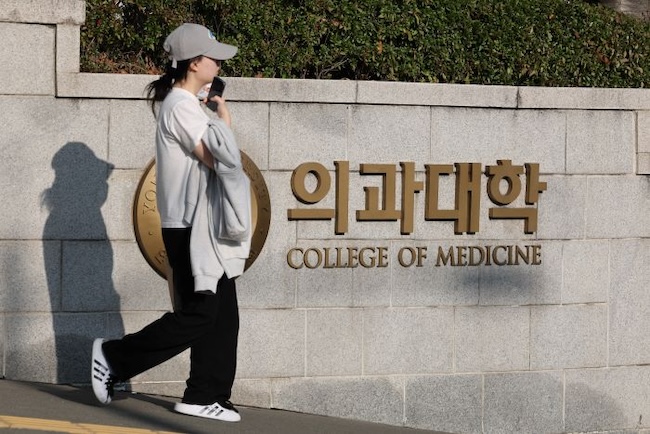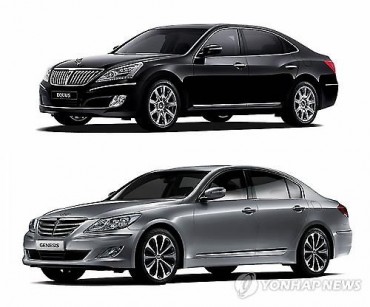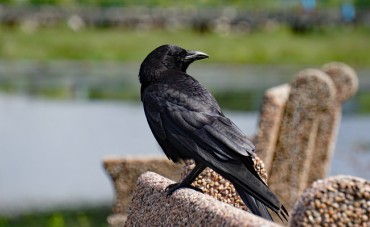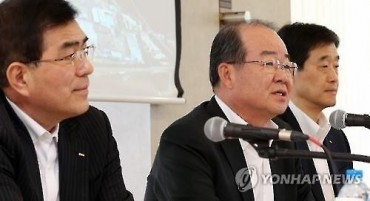
41.9% of students admitted through the regular admissions process to medical schools nationwide were graduates of high schools located in Seoul. (Image courtesy of Yonhap)
SEOUL, Apr. 5 (Korea Bizwire) – An analysis of the 2024 academic year’s medical school admission results in South Korea has revealed a striking concentration of successful applicants hailing from the capital city of Seoul and those who have repeated a year or more after high school graduation, colloquially known as “N-students.”
According to data obtained by Rep. Kang Deuk-gu of the Democratic Party from the Ministry of Education and analyzed in conjunction with a local education policy research group, 41.9% of students admitted through the regular admissions process to medical schools nationwide were graduates of high schools located in Seoul.
When including the neighboring Gyeonggi and Incheon regions, the proportion of admitted students from the greater Seoul metropolitan area soared to 62.5% of the total.
Compared to the 2020-2024 average of 36.9%, Seoul’s share this year increased by a significant 5 percentage points.
In contrast, the admission rate for high school seniors from non-metropolitan areas stood at a mere 5.4%, less than half of their counterparts from the Seoul metropolitan area (12.6%).
The affluent Gangnam district of Seoul exhibited the highest admission rate at 20.8%, followed by Seocho (8%), Yangcheon (6.1%), the city of Seongnam (5.6%), Suseong District in Daegu (5.0%), Yongin (4.4%), and Jeonju (4.3%).
Remarkably, the proportion of Gangnam students admitted to medical schools has been steadily rising, from 16.3% in 2022 to 19.2% in 2023 and now reaching 20.8% in 2024.
Reflecting the intensifying concentration in medical school admissions, the percentage of N-students (students who have repeated a year or more after high school graduation) reached its highest level in five years at 79.3%, a 6.7 percentage point increase from the previous year’s 72.6%.
Among the N-students, those who had repeated three or more years accounted for 39.7%, a significant 10.7 percentage point jump compared to the previous year’s 29%.
In contrast, the admission rates for first-time applicants (39.6%) and high school seniors (17.9%) declined by 4% and 8.1%, respectively, from the previous year.
The surge in N-students is partly attributable to the high dropout rates among students in natural science programs at major universities in Seoul.
According to data disclosed on the University Information Disclosure website, the number of dropouts from natural science programs at Seoul National University, Yonsei University, and Korea University rose from 921 in 2019 to 1,388 in 2022.
Rep. Kang commented, “The dominance of students from Seoul-based high schools and N-students persists,” adding, “These concerns should be reflected in policies aimed at expanding medical school quotas. Otherwise, achieving the goal of strengthening regional medical workforces could become challenging.”
M. H. Lee (mhlee@koreabizwire.com)






